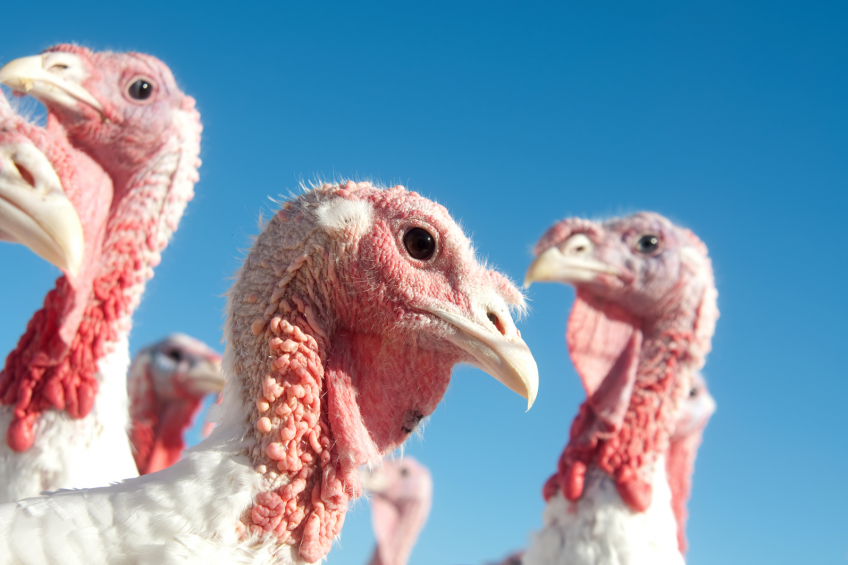Effect of Silica+ in turkey diets

The feeding of the product Silica+ offers potential economic benefits to turkey producers. This was concluded by a team at the University of Guelph, which looked at the effects of this feed supplement on performance, health, and litter quality of growing turkeys.
Poor litter quality is a potential challenge to footpad health as well as the primary cause of ammonia volatilisation. High ambient ammonia concentration is one of the most significant factors negatively affecting poultry production today. Some minerals have been reported to reduce ammonia release from poultry litter.
Silicon dioxide in diets
The objective of the current study was to investigate the effects of feed-borne silicon dioxide on litter quality and how this impacts bird performance, general health and footpad health throughout a 12-wk post-hatching turkey study. The product studied here is Silica+ (Ceresco Nutrition), which is informed with a low-frequency electromagnetic energy. “Not any other silicon dioxide will have this effect. We used an informed mineral and this is not just plain silicon dioxide”, the authors address.
The positive effects of this compound on daily BW gain and FCR were significant during the grower and finisher phases of the study. This finding was in accord with a study in roosters fed 100 mg sodium meta-silicate for 25 d (Carlisle, 1972). The average daily weight gain for the control and treated roosters was respectively 2.57 and 3.85 g. The severity of footpad dermatitis was monitored throughout the experimental period but no significant effect of diet was seen.
Potential economic benefit
The feeding of Silica+ reduced litter pH which decreased the conversion of NH4 + to NH3 thereby reducing nitrogen losses from litter. It was therefore concluded that, under these study conditions, the feeding of 0.02% silicon dioxide (Silica+) offers potential economic benefits to turkey producers.
Source: Poultry Science












